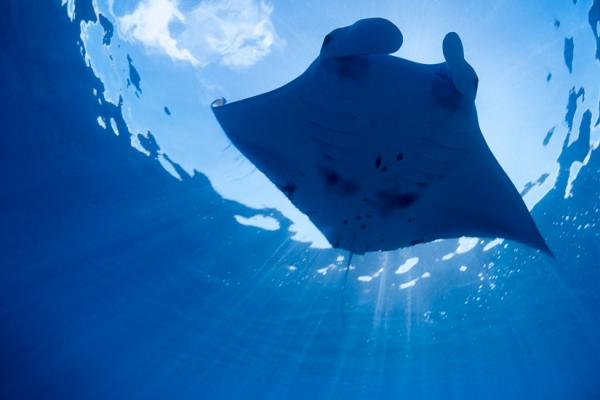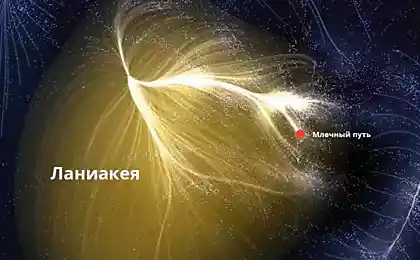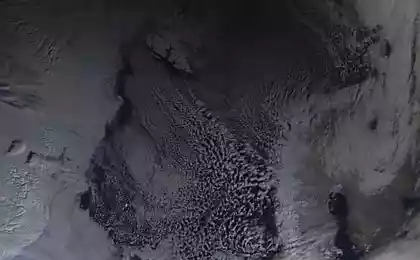962
A new study by the largest species of skates and rays by satellite

A new study has traced six manta rays - four females, one male and "teenager" indeterminate sex - for 13 days near the Yucatan Peninsula, Mexico.
"Satellite data showed that some of the rays crossed more than 1 100 kilometers (621 miles) during the study period," the statement said team member Matthew Witt of the University of Exeter's Environment and Sustainability Institute. "Scat, spent most of their time, crossing the coastal zones, containing this time of year many clusters of zooplankton and fish eggs in the state of spawning».
Like the whales, manta rays feed on microscopic plankton, letting them infested water through special filters in the mouth; These filters use a little jagged structures called gill rakes in their mouths to filter tiny zooplankton. The research team also found that the rays are in a relationship with sharks, constantly live within 200 miles of the coast.
Manta rays are listed as endangered species by the International Union for Conservation of Nature (Union for Conservation of Nature). Sometimes they are vulnerable, as a byproduct of the use of fishing nets. Also, they are caught by poachers, as demand for their fin gills (something similar to the baleen), which are used in traditional Chinese medicinal trade.
Most locations rays, certain satellite tracking is within the main shipping routes in the region, accounting for only 11.5% of the locations, legally protected from poaching. The researchers also suggest that the manta rays can be vulnerable to attacks on the hull of ships and for ship propellers.
Sometimes called "octopus", manta rays are completely safe for humans. They do not have the famous "thorn" slope. Manta rays have the closest structure of the brain in relation to that of sharks and seahorses. They produce offspring - usually one or two "pups" - once a year or two.
"While the broader migratory movements manta rays are still not known, it is clear that the technology of satellite tracking has great potential to offer new findings in understanding the causes of their displacement and the study of explicit threats to this species of skates and rays" - the researchers wrote in the online journal PLoS ONE this week.
Climate change could be catastrophic for many species of animals
Chimpanzees are increasingly under attack on the intelligence of people























